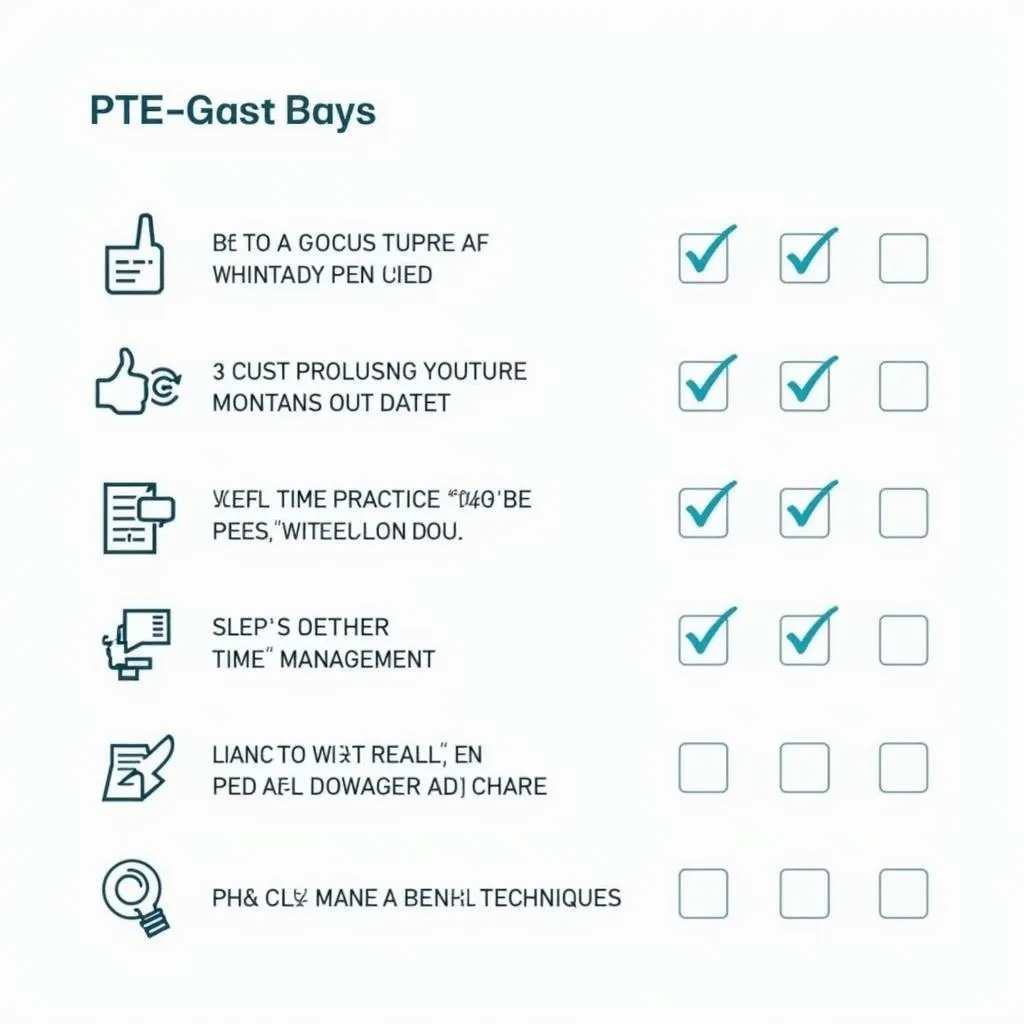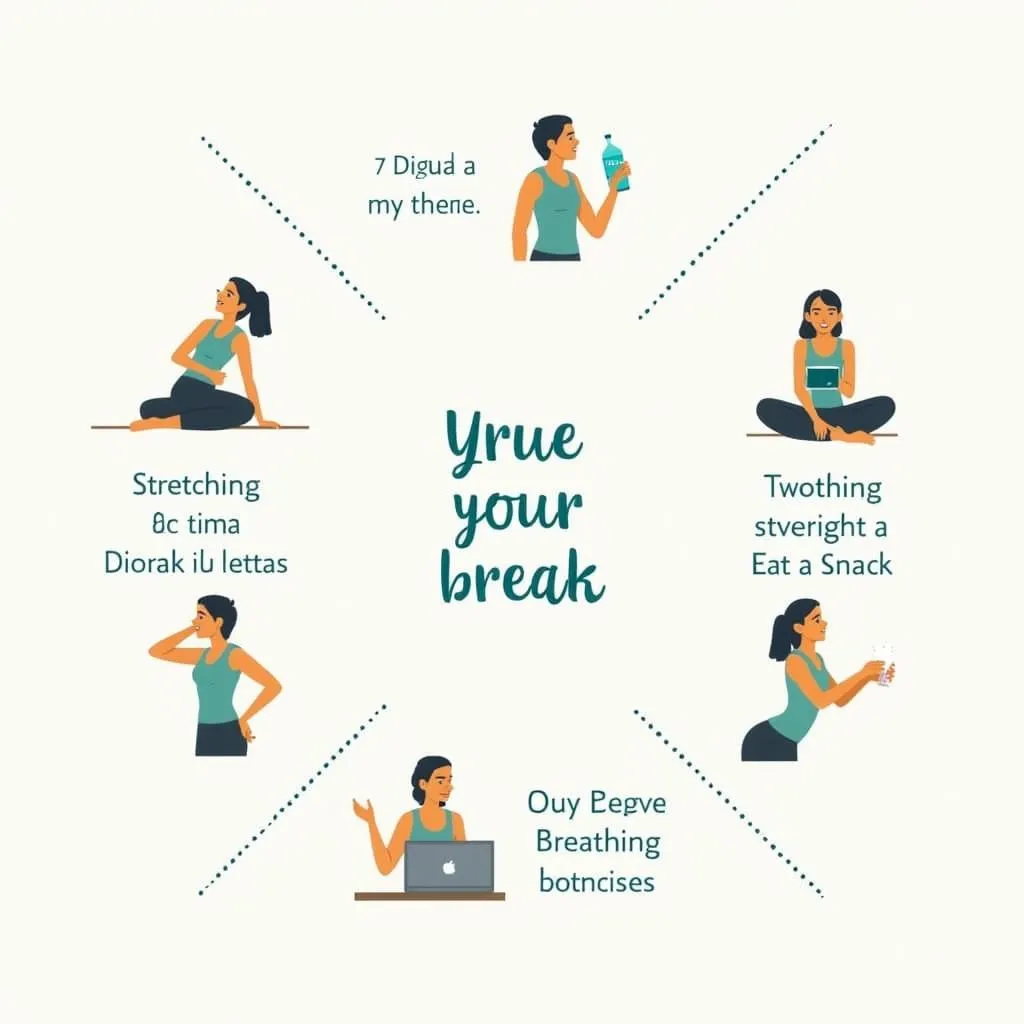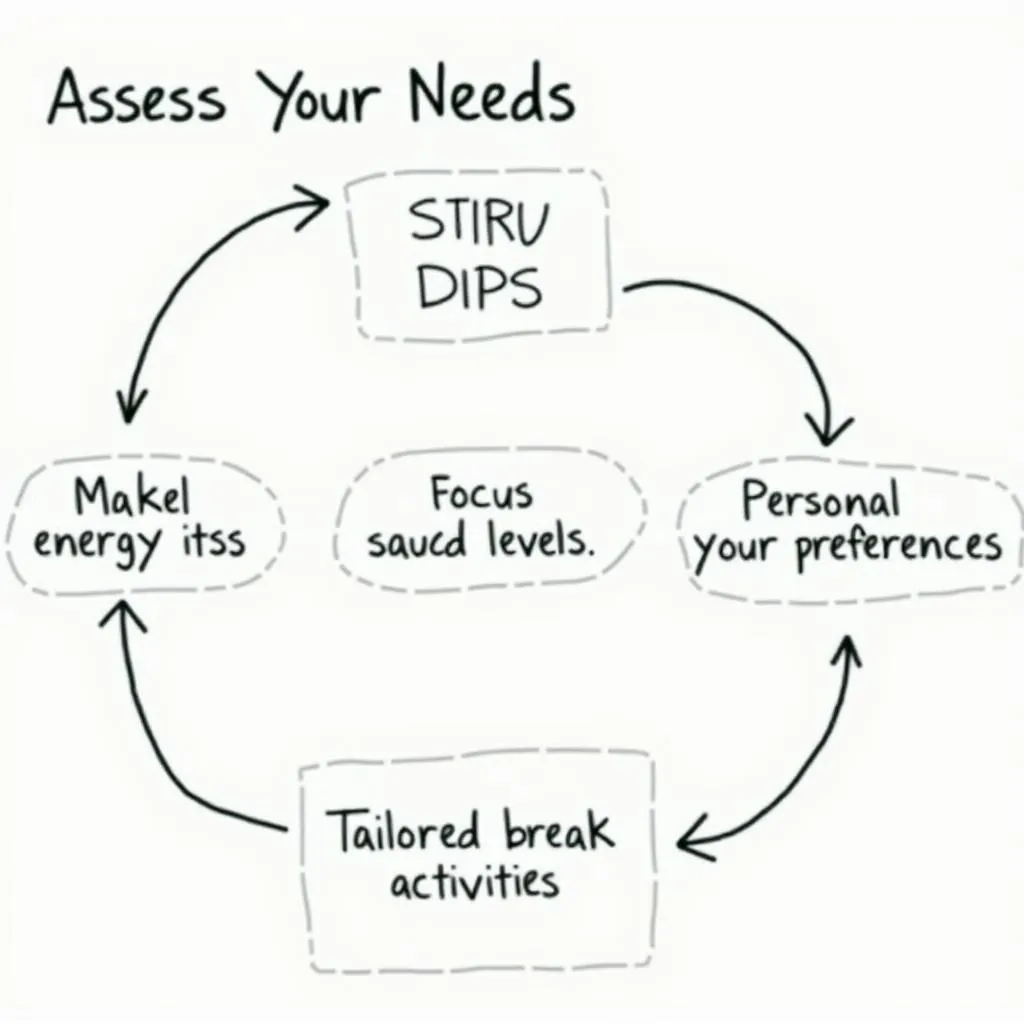The Pearson Test of English (PTE) Academic is a rigorous exam that demands intense focus and stamina. Knowing how to manage breaks during the PTE exam effectively can significantly impact your performance and overall score. In this comprehensive guide, we’ll explore expert strategies to make the most of your breaks and maintain peak concentration throughout the test.
Understanding PTE Exam Structure and Break Allocation
Before diving into break management techniques, it’s crucial to familiarize yourself with the PTE exam format and designated break times.
PTE academic test format 2024 provides a detailed overview of the current exam structure. The test typically lasts around three hours and is divided into three main parts:
- Speaking and Writing (77-93 minutes)
- Reading (32-41 minutes)
- Listening (45-57 minutes)
PTE allows for a single optional 10-minute break between the Reading and Listening sections. Understanding this structure is key to planning your break strategy effectively.
Pre-Exam Preparation: Setting the Foundation
Proper preparation before the exam day can significantly impact your ability to manage breaks effectively:
- Practice with timed mock tests to build stamina and familiarize yourself with the exam structure.
- Develop a personalized break routine that works for you during practice sessions.
- Train your mind and body to perform optimally within the given time constraints.
 PTE Exam Preparation Checklist
PTE Exam Preparation Checklist
Strategies for Effective Break Management
1. Decide Whether to Take the Break
While the 10-minute break is optional, most experts recommend utilizing it. Dr. Emily Chen, a renowned PTE coach, advises, “Taking the break allows you to reset mentally and physically, potentially boosting your performance in the final section.”
However, if you’re in a strong flow and feel energized, you might consider skipping the break. Assess your mental and physical state before making this decision.
2. Optimize Your 10-Minute Break
If you decide to take the break, make every minute count:
- Use the restroom to avoid discomfort during the final section.
- Hydrate with water to maintain cognitive function.
- Eat a light, energy-boosting snack (e.g., a banana or granola bar).
- Perform light stretches to improve blood circulation.
- Practice deep breathing exercises to reduce stress and improve focus.
 Effective PTE Break Activities
Effective PTE Break Activities
3. Mental Reset Techniques
Use your break time to clear your mind and prepare for the final section:
- Practice mindfulness or a quick meditation to center yourself.
- Avoid dwelling on previous sections; focus on the present moment.
- Visualize success in the upcoming Listening section.
Dr. Chen suggests, “A simple 2-minute visualization exercise can significantly boost your confidence and focus for the remainder of the exam.”
4. Time Management During the Break
Proper time management during your break is crucial:
- Set an alarm for 8 minutes to ensure you return to your seat on time.
- Allocate specific time slots for each break activity (e.g., 2 minutes for restroom, 2 minutes for snack, etc.).
- Return to your seat 2 minutes before the break ends to settle and refocus.
5. Micro-Breaks Within Test Sections
While there’s only one official break, you can incorporate micro-breaks within each section:
- Take deep breaths between tasks.
- Close your eyes for a few seconds to rest them.
- Flex your fingers and roll your shoulders to release tension.
These micro-breaks can help maintain focus without disrupting your flow.
Post-Break Strategies for Peak Performance
Transitioning back into test mode after your break is crucial for maintaining momentum:
- Review your test-taking strategy for the Listening section.
- Adjust your headphones and ensure your workspace is organized.
- Take a few deep breaths to center yourself before the section begins.
PTE reading comprehension tips and tricks can also be applied to improve your focus in the Listening section, as many strategies overlap.
Adapting Break Strategies to Your Personal Needs
Remember that break management is not one-size-fits-all. Experiment with different techniques during your practice sessions to find what works best for you.
How to use PTE practice apps effectively can provide additional insights on incorporating break management into your study routine.
 Personalized PTE Break Strategy Flowchart
Personalized PTE Break Strategy Flowchart
Learning from Others: PTE Success Stories
Studying the experiences of successful PTE test-takers can provide valuable insights into effective break management.
PTE success stories and strategies offers real-life examples of how proper break utilization contributed to high scores.
Balancing PTE Preparation with Work Commitments
For those juggling full-time work with PTE preparation, effective break management becomes even more crucial.
PTE practice schedule for full-time workers provides strategies for incorporating exam-like breaks into your study routine, even with a busy work schedule.
Conclusion: Mastering the Art of PTE Break Management
Learning how to manage breaks during the PTE exam effectively is a skill that can significantly enhance your test performance. By implementing these strategies, practicing consistently, and tailoring your approach to your personal needs, you’ll be well-equipped to maintain focus and energy throughout the entire exam.
Remember, effective break management is just one piece of the PTE success puzzle. Combine these techniques with thorough preparation, strategic study plans, and confidence-building exercises to maximize your chances of achieving your desired PTE score.
Frequently Asked Questions
-
Is it mandatory to take the break during the PTE exam?
No, the 10-minute break between the Reading and Listening sections is optional. You can choose to continue without a break if you feel it’s beneficial for your performance. -
Can I leave the test room during the break?
Yes, you are allowed to leave the test room during the break. However, ensure you follow the test center’s guidelines and return on time. -
What should I avoid doing during the PTE exam break?
Avoid discussing the test with other candidates, accessing your phone or study materials, or engaging in stressful conversations. Focus on relaxation and mental preparation. -
How can I quickly refocus after the break?
Practice deep breathing, do a quick mental review of your test strategy, and visualize success in the upcoming section to quickly regain focus. -
Can effective break management really improve my PTE score?
Yes, proper break management can help maintain mental clarity, reduce fatigue, and improve concentration, potentially leading to better performance and higher scores. -
What if I feel too stressed to relax during the break?
If you’re feeling overwhelmed, focus on deep breathing exercises and positive self-talk. Remember that the break is an opportunity to reset and approach the next section with renewed energy. -
How should I prepare for break management before the actual exam day?
Incorporate timed breaks into your practice tests, experiment with different relaxation techniques, and develop a personalized break routine that you can replicate on exam day.